13 Free Biology Illustrations transparent PNG images
Explore our comprehensive Biology Illustrations collection, featuring 13 free AI-generated images that bring scientific concepts to life. From detailed cellular structures to complete anatomical systems, our diverse collection includes high-quality stock photos, 3D objects, vectors, and illustrations. Each image is available for high-resolution download, and with our innovative 'open in editor' feature, you can modify the prompts to generate variations that perfectly match your scientific visualization needs.

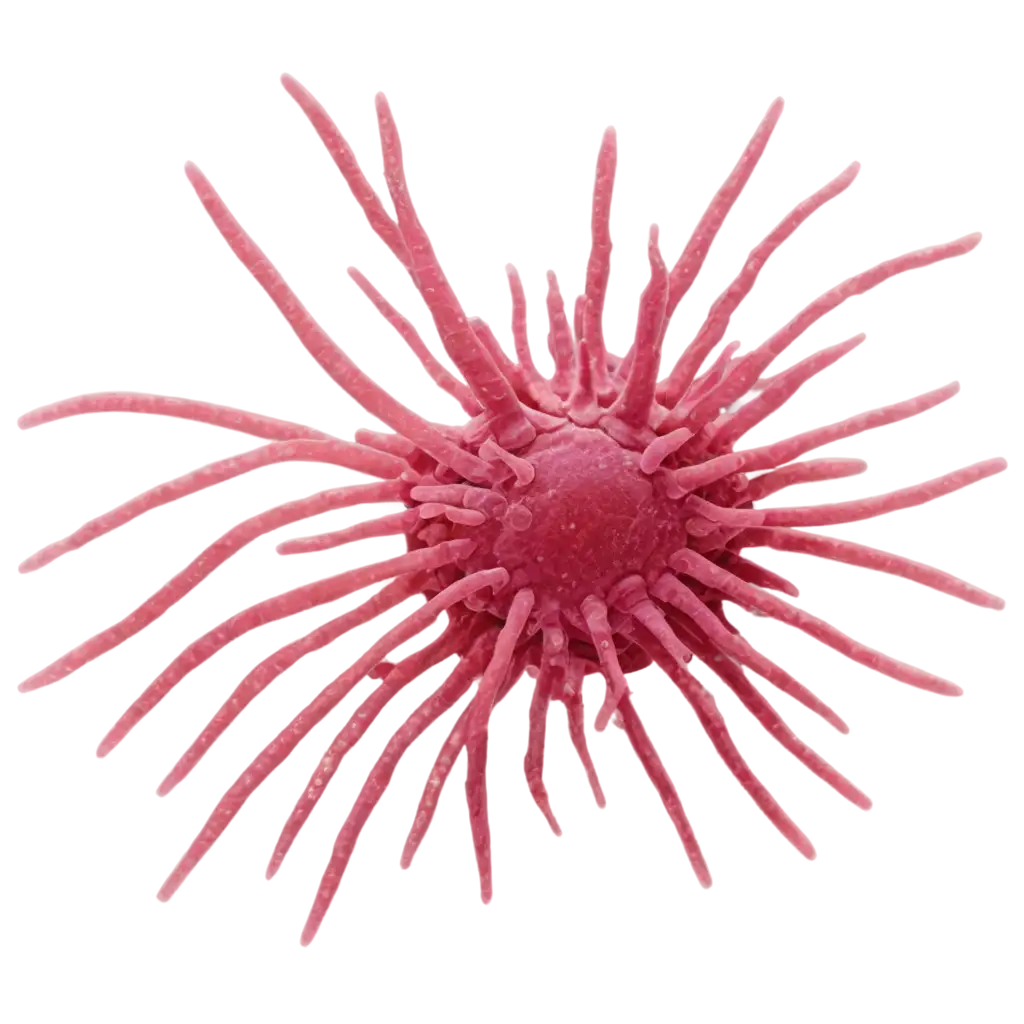
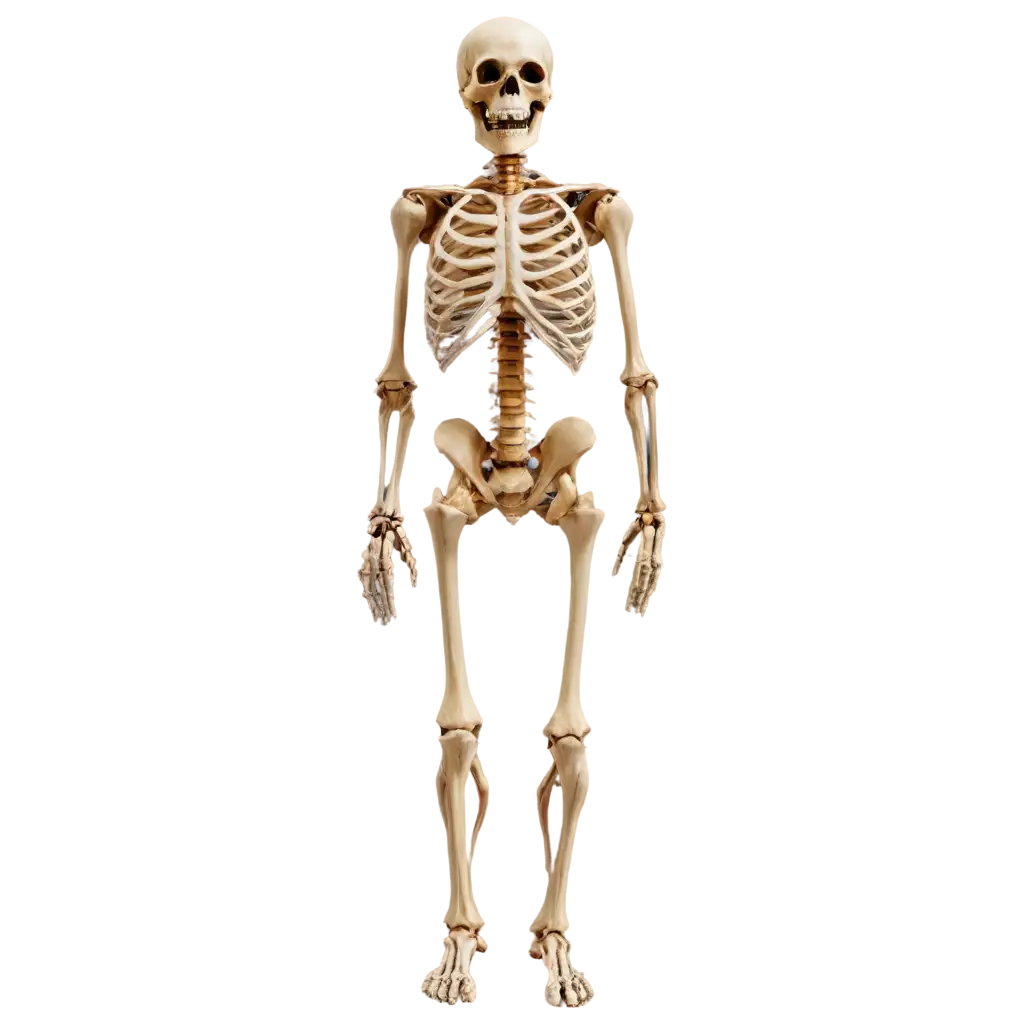
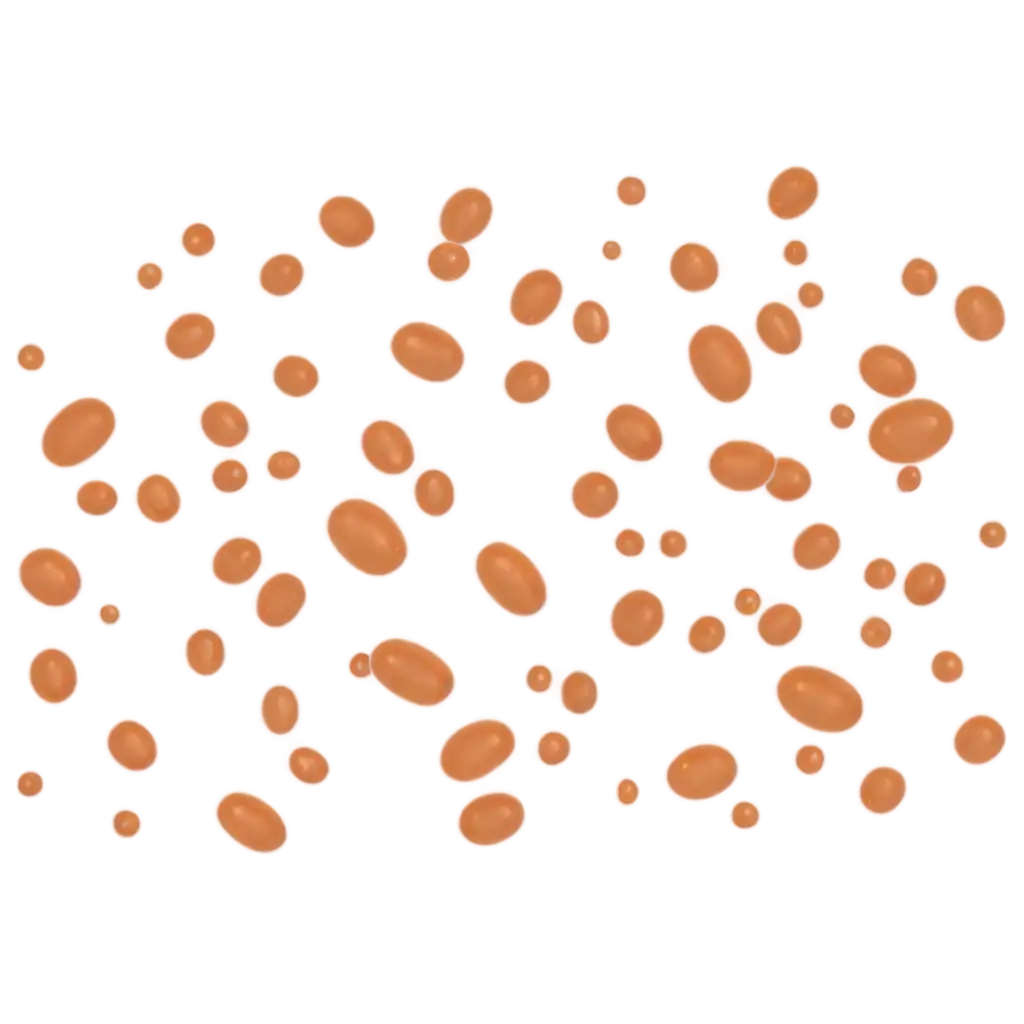
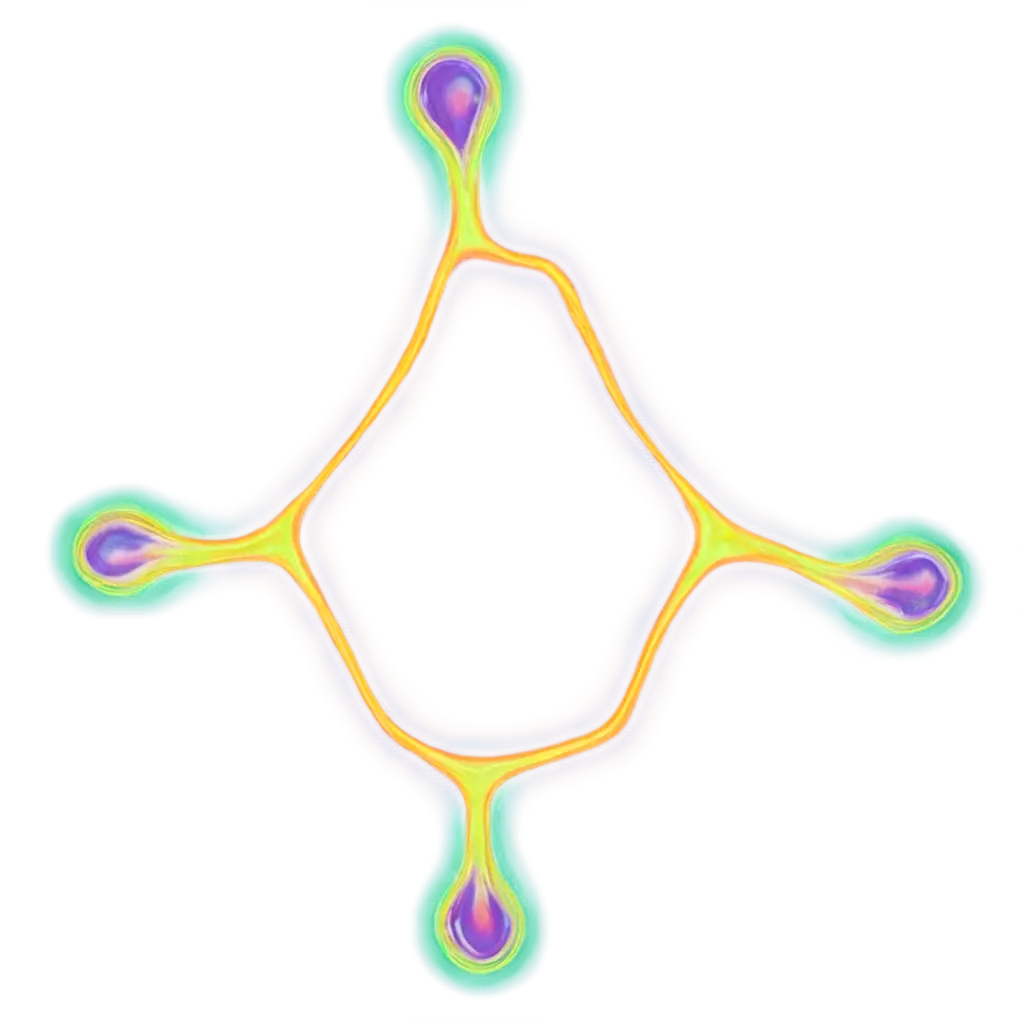

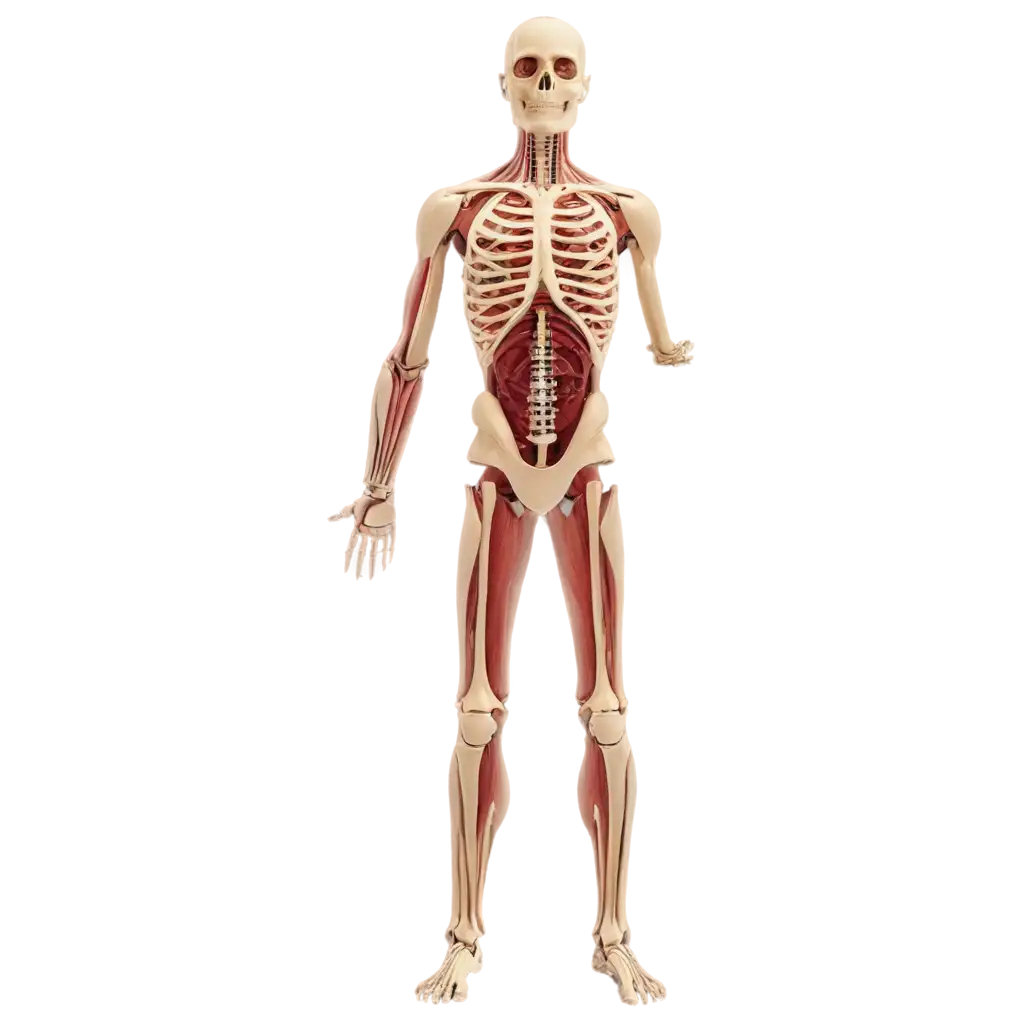
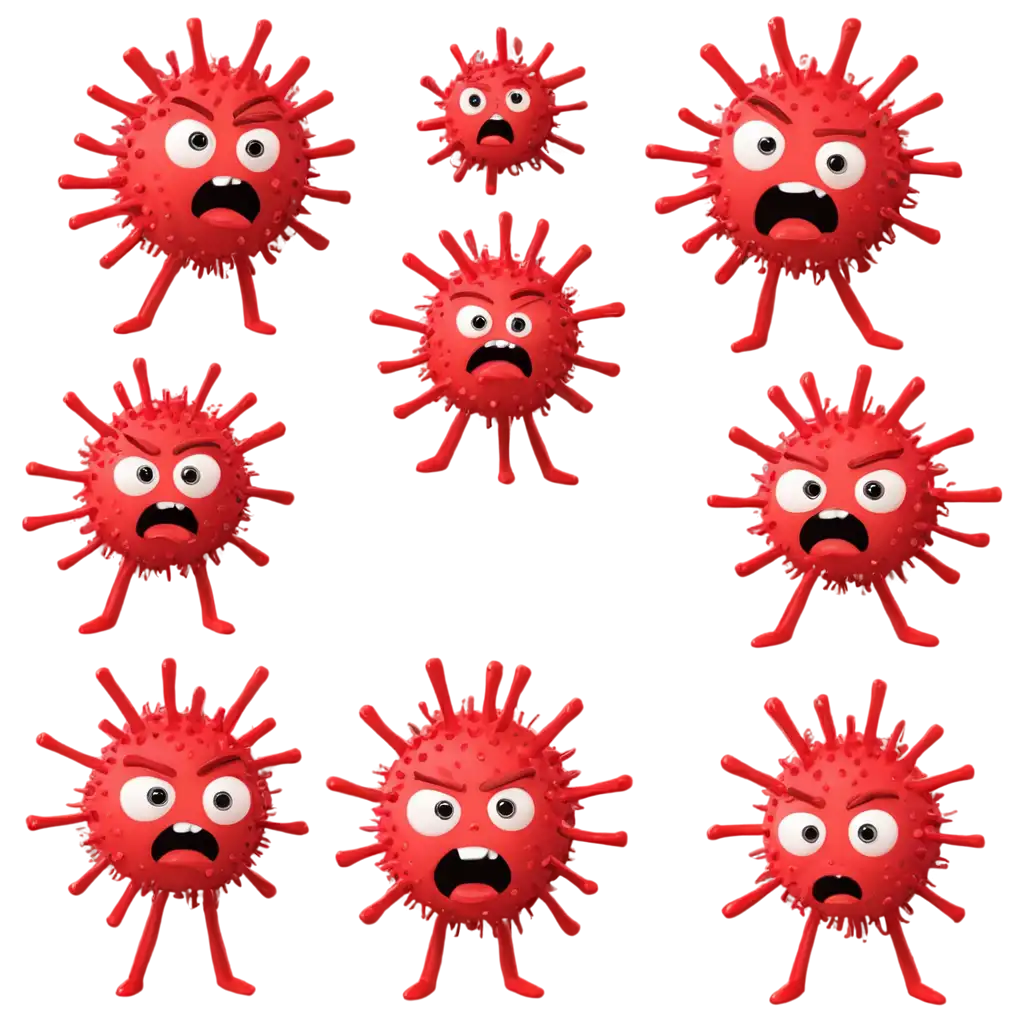
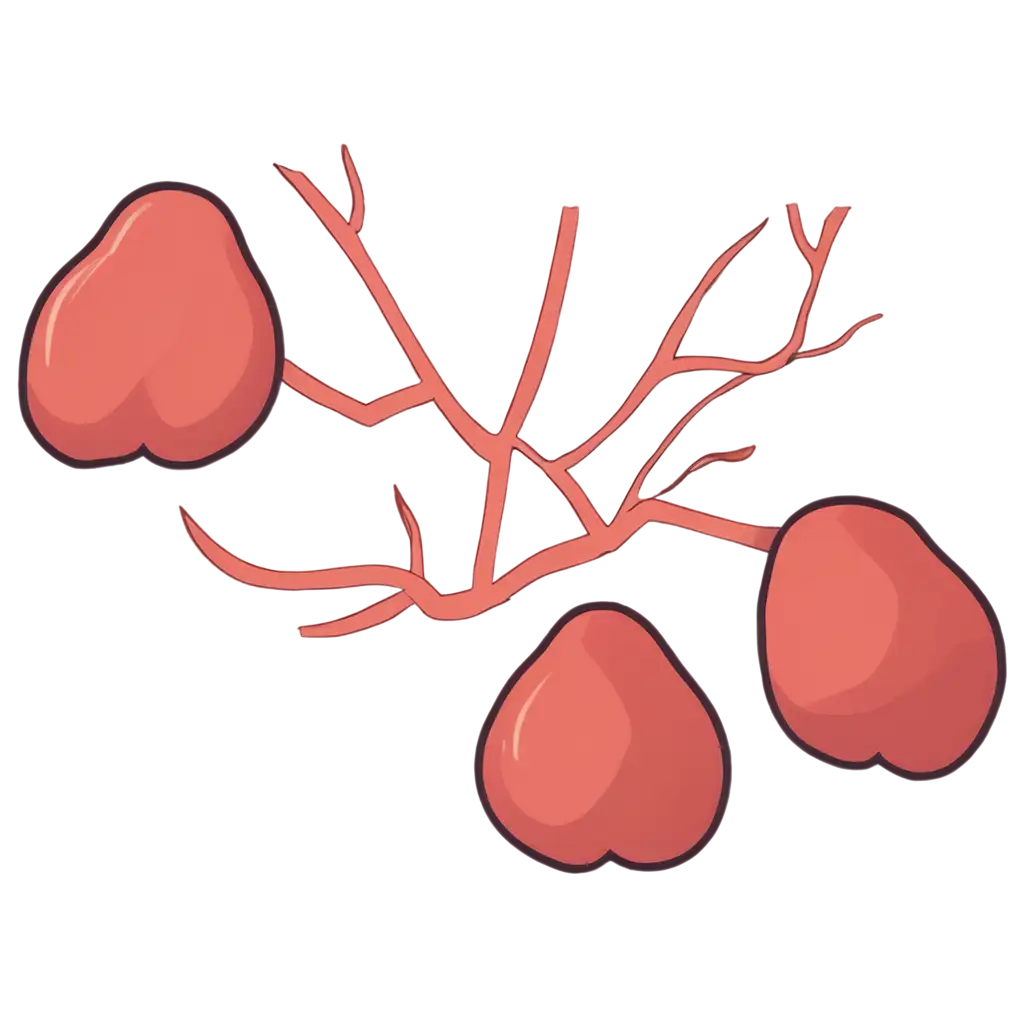
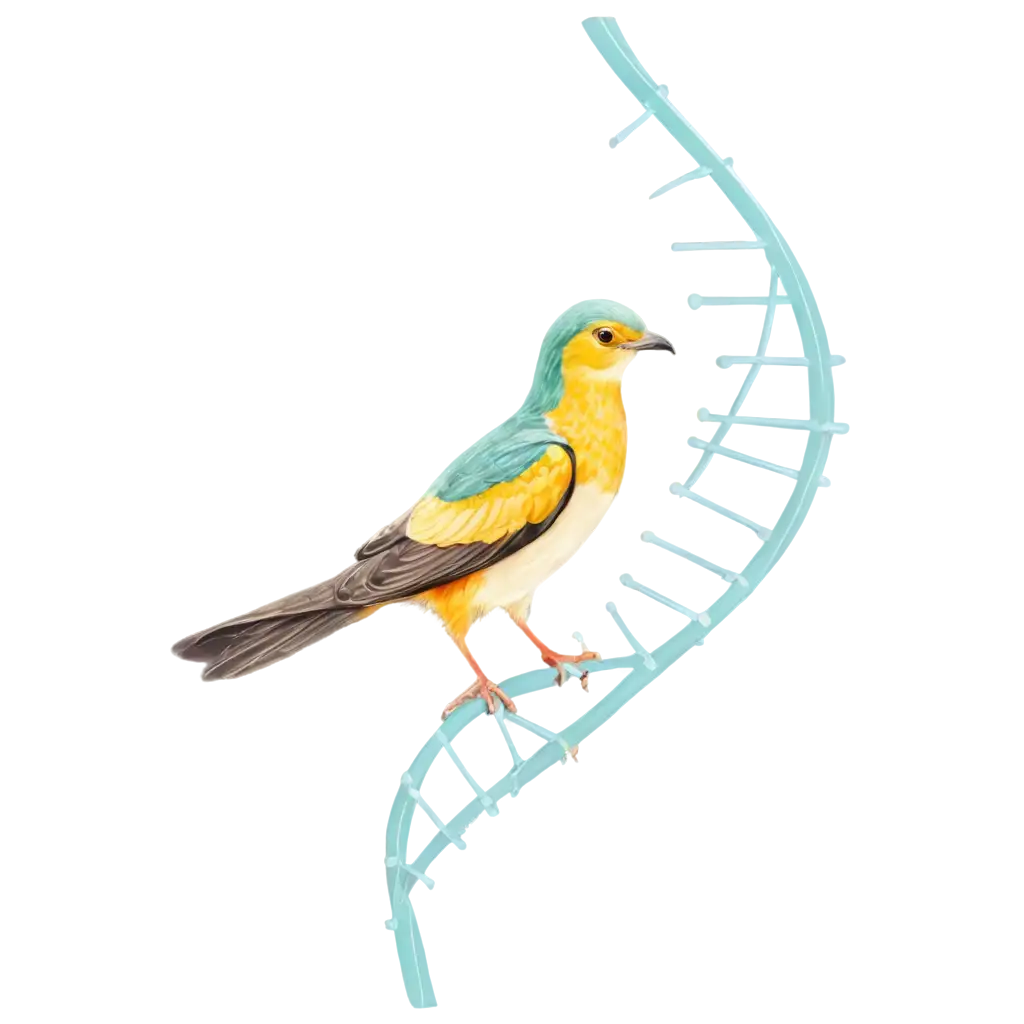
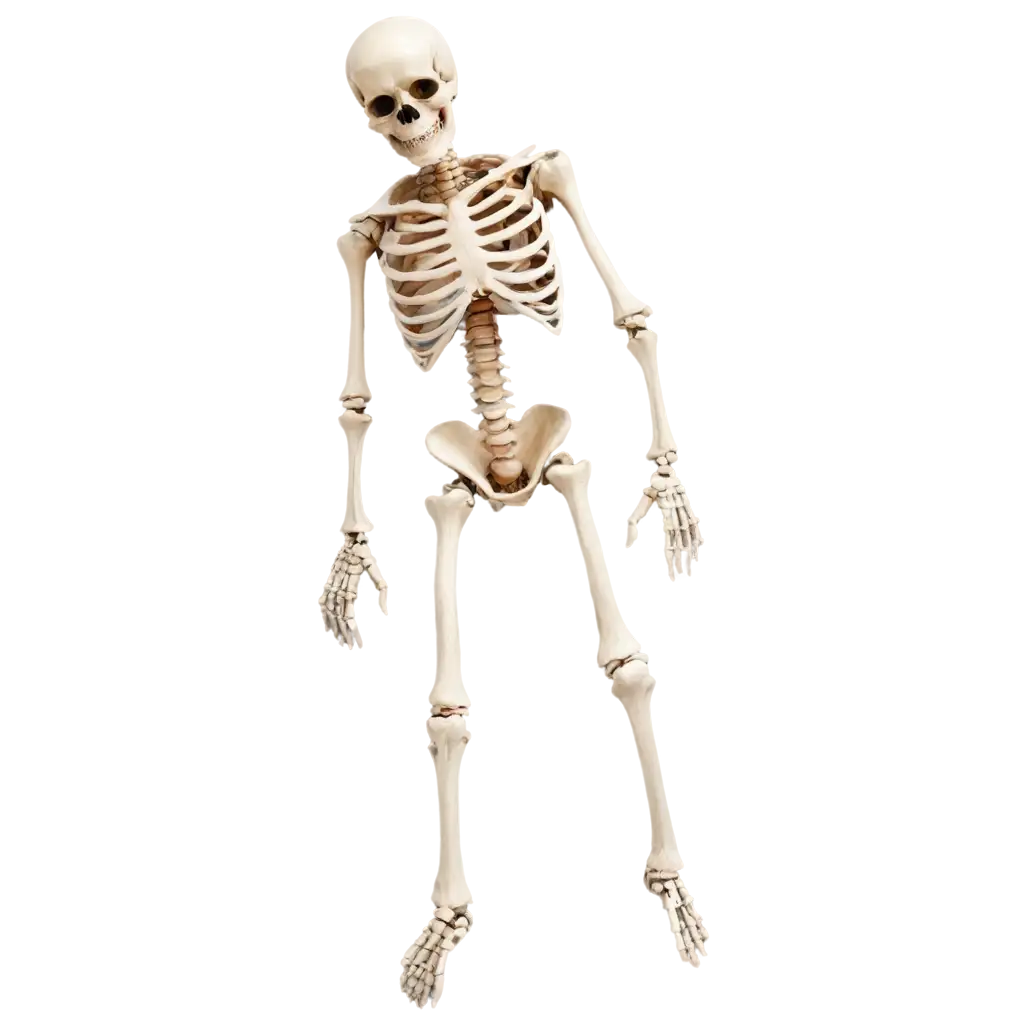
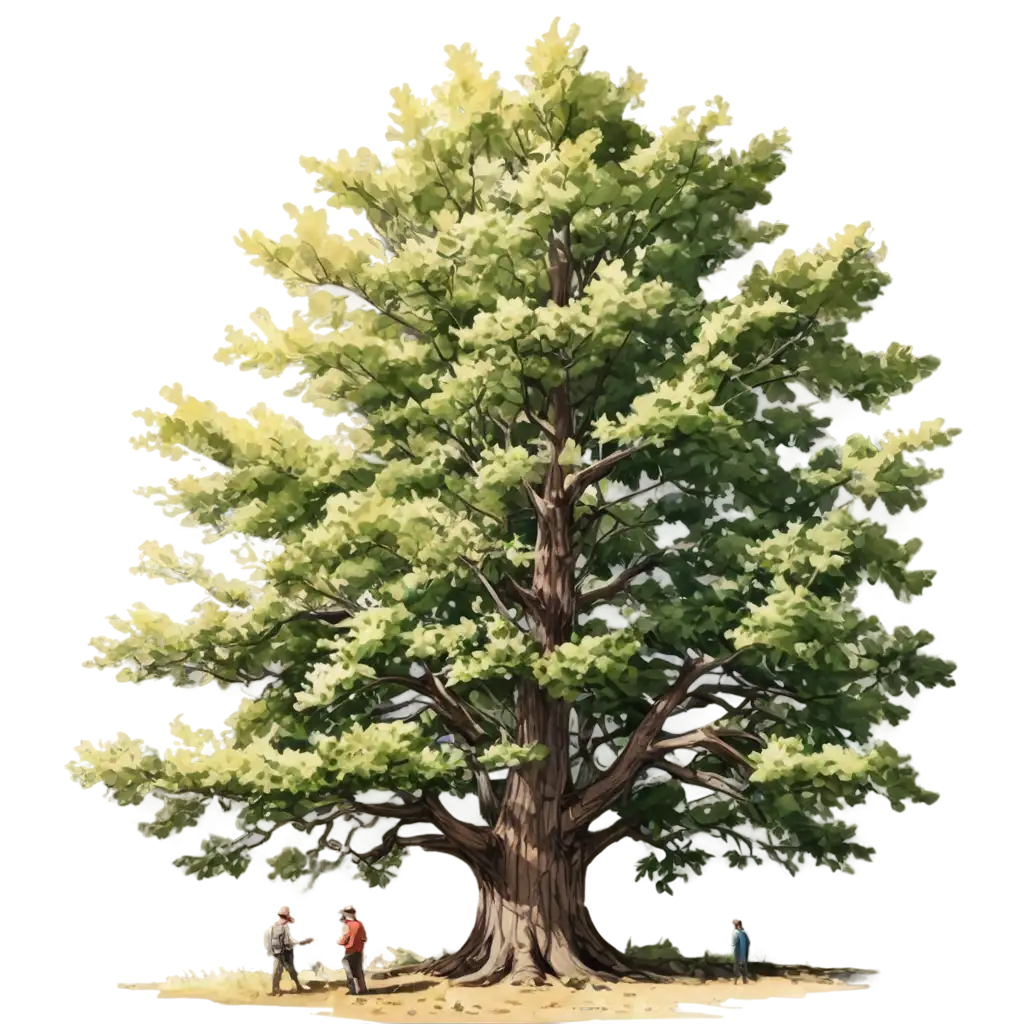
Related Tags
Biology illustrations serve as crucial tools for understanding complex life processes and structures that are often invisible to the naked eye. These visual representations bridge the gap between abstract scientific concepts and tangible understanding, making them invaluable in educational settings, research publications, and scientific communication. Modern AI-generated biology illustrations combine scientific accuracy with enhanced visual clarity, offering unprecedented detail in depicting everything from molecular interactions to ecosystem dynamics. The integration of AI technology allows for rapid generation of multiple perspectives and cross-sections, providing comprehensive visual understanding of biological systems.
Understanding Scientific Visualization Through Biology Illustrations
Our collection encompasses various categories of biological visualization, each serving specific educational and professional needs. Microscopic illustrations detail cellular components and molecular processes with precision, while anatomical illustrations provide clear views of organ systems and tissue structures. Ecological illustrations demonstrate species interactions and environmental processes, and developmental biology illustrations showcase growth and change over time. These illustrations find applications in textbooks, research papers, medical education, pharmaceutical documentation, and public health communications. The AI generation process ensures consistency across different scales and perspectives, maintaining scientific accuracy while offering the flexibility to highlight specific features or processes.
Types and Applications of AI-Generated Biology Illustrations
The process of creating biology illustrations using AI involves understanding both scientific principles and visualization techniques. Key considerations include accurate scale representation, appropriate color coding for different structures or processes, and clear labeling conventions. Our AI system has been trained on peer-reviewed scientific literature and established biological visualization standards, ensuring that generated illustrations maintain scientific integrity. Users can specify particular cellular components, anatomical features, or biological processes they wish to highlight, and the AI will generate illustrations that emphasize these elements while maintaining contextual accuracy. The 'open in editor' feature allows for real-time adjustments to focus, perspective, and detail level, making it possible to create customized illustrations for specific educational or research needs.
Creating Effective Biology Illustrations with AI
The field of AI-generated biology illustrations is rapidly evolving, with emerging trends pointing toward even more sophisticated visualization capabilities. Interactive 3D models are becoming increasingly prevalent, allowing users to explore biological structures from multiple angles. Advanced machine learning algorithms are enabling more accurate representation of dynamic processes, such as protein folding and cell division. Integration with augmented reality (AR) and virtual reality (VR) technologies is opening new possibilities for immersive biological education. These developments are transforming how we visualize and understand biological systems, making complex scientific concepts more accessible to students, researchers, and the general public.
Future Trends in AI-Generated Biology Illustrations